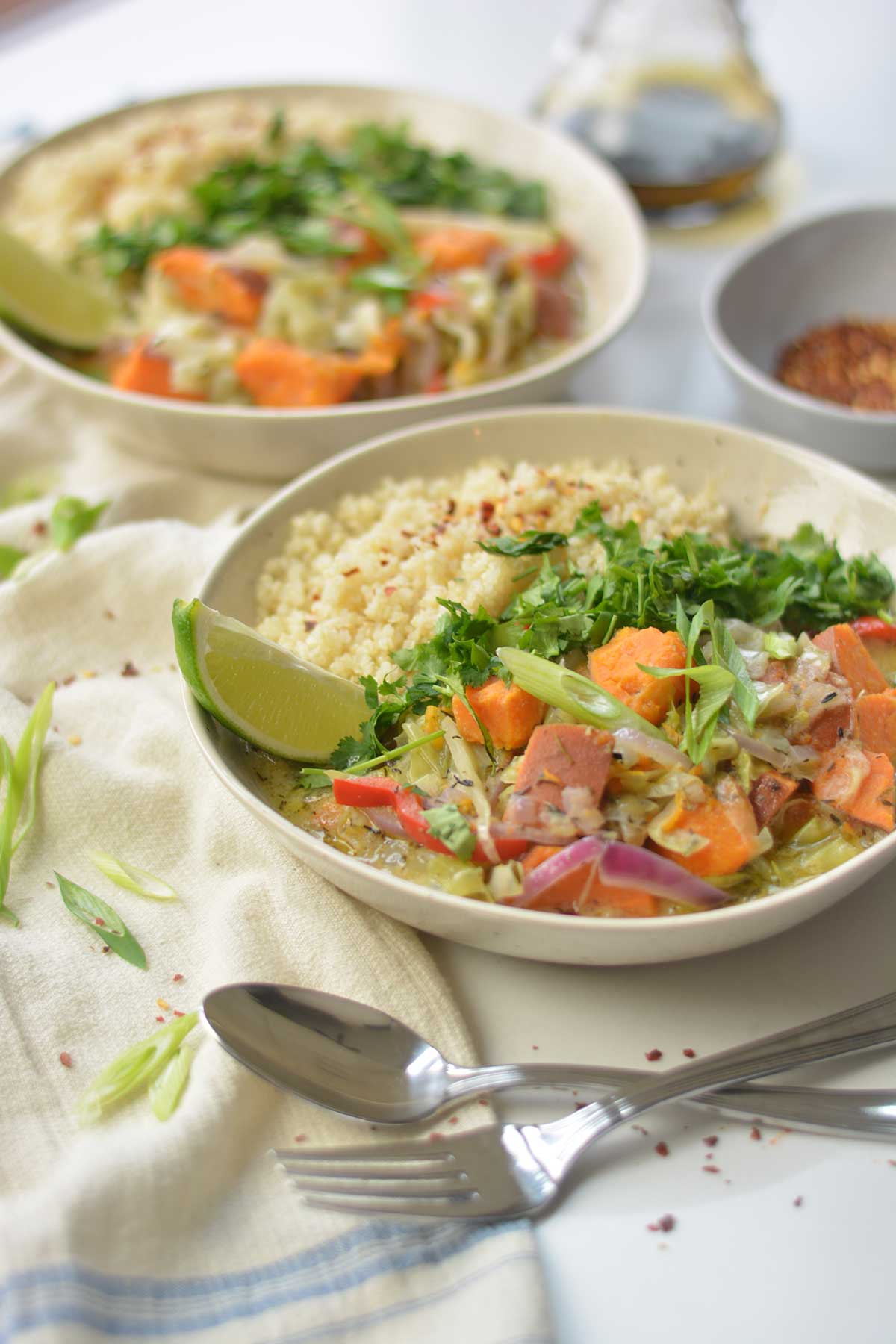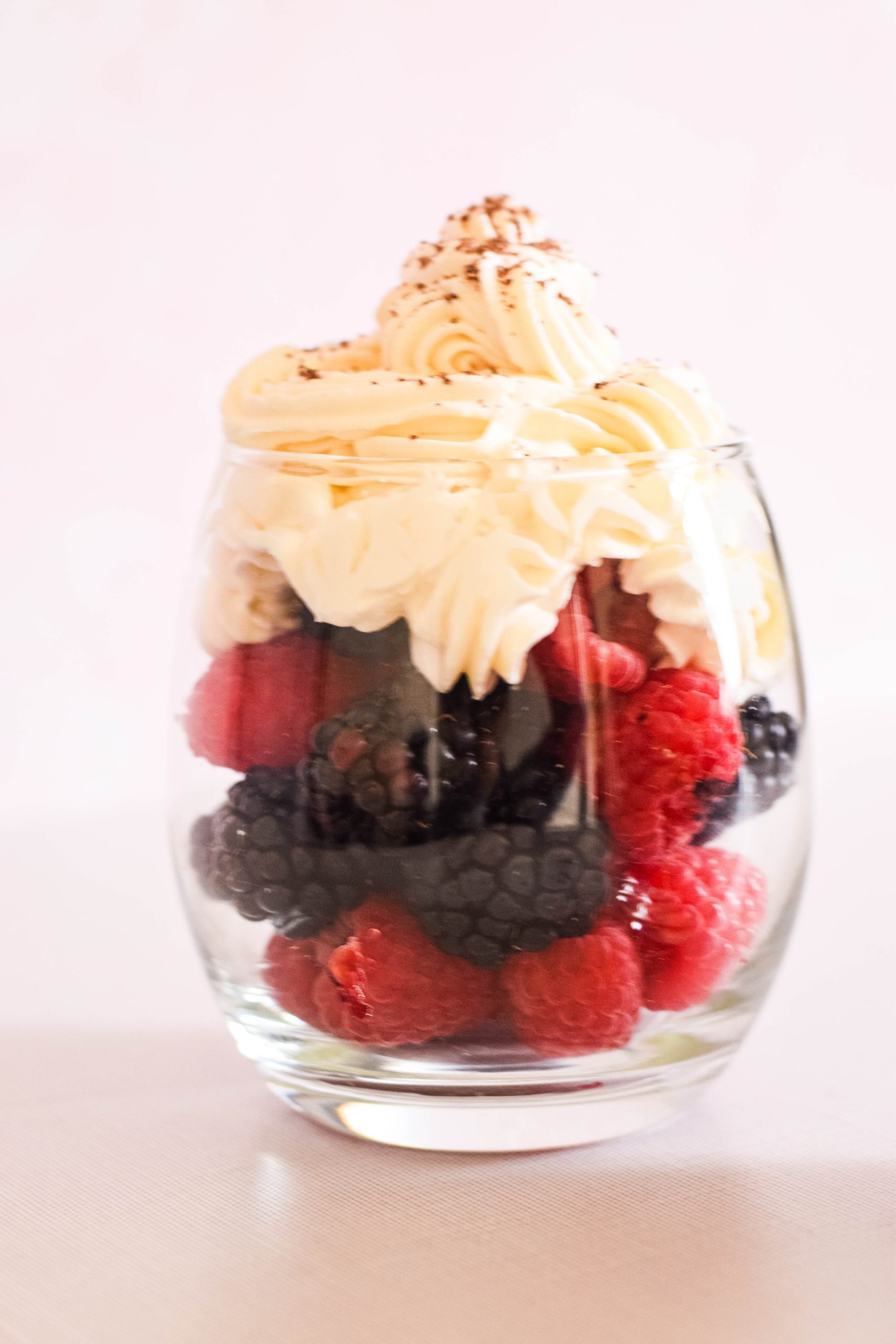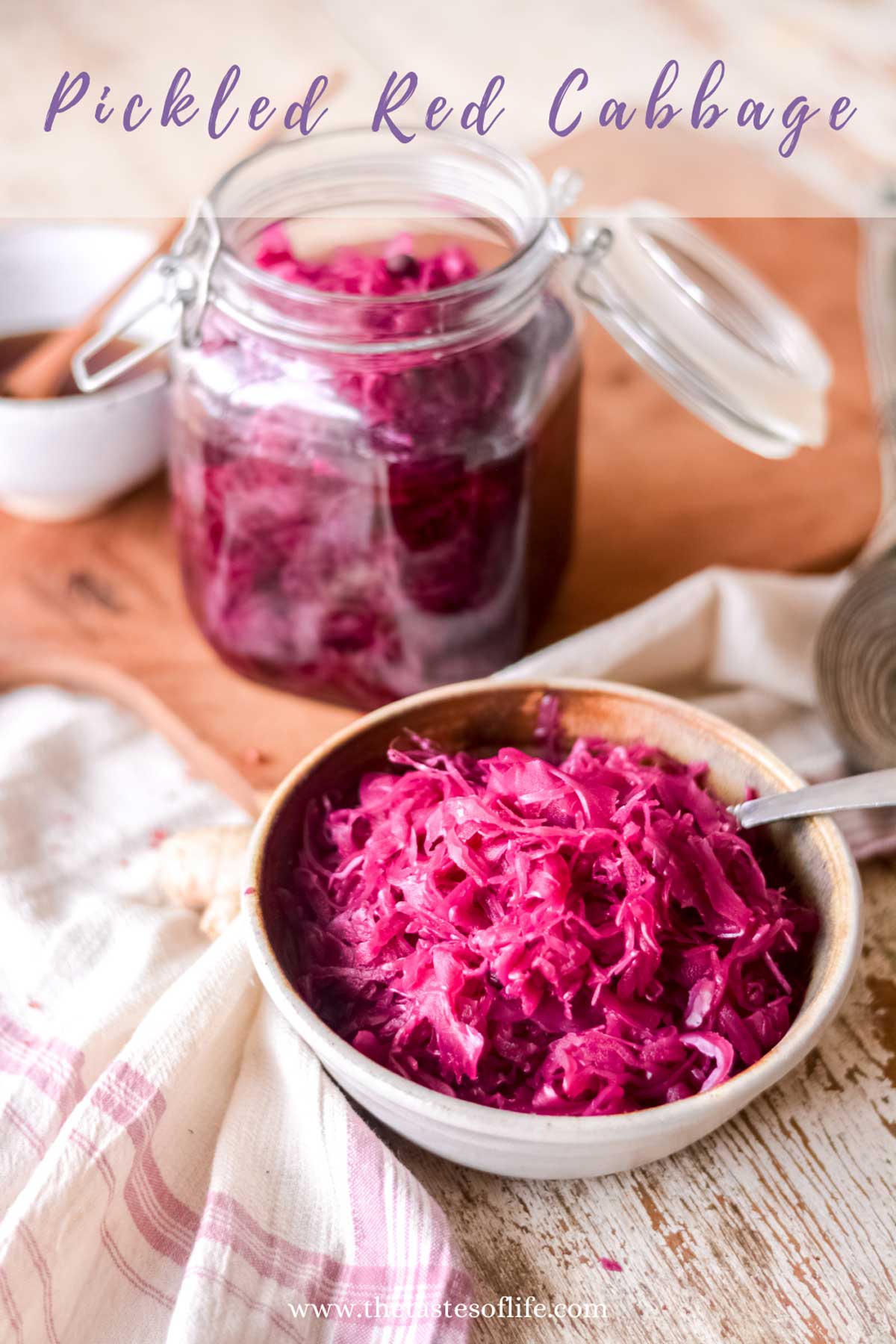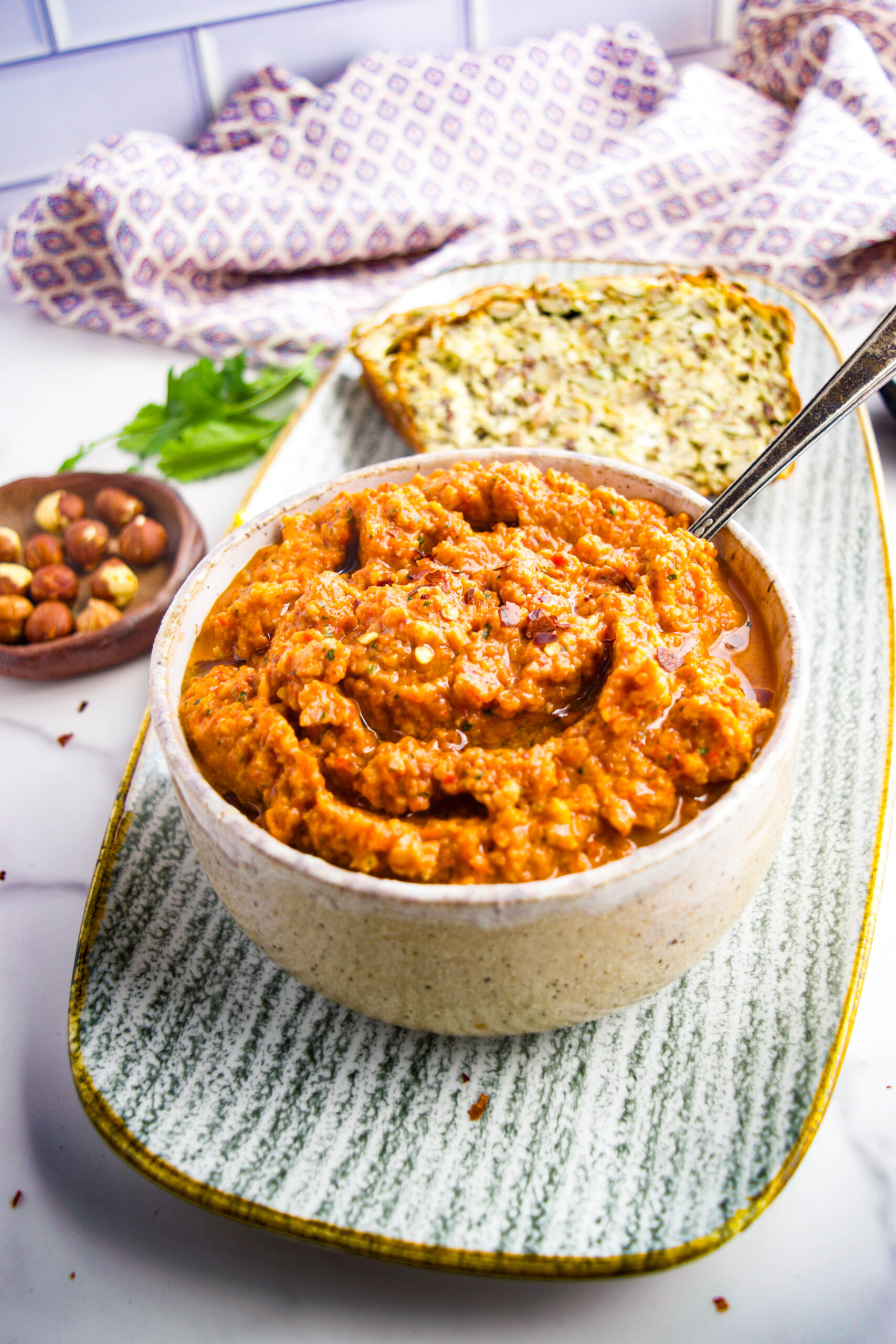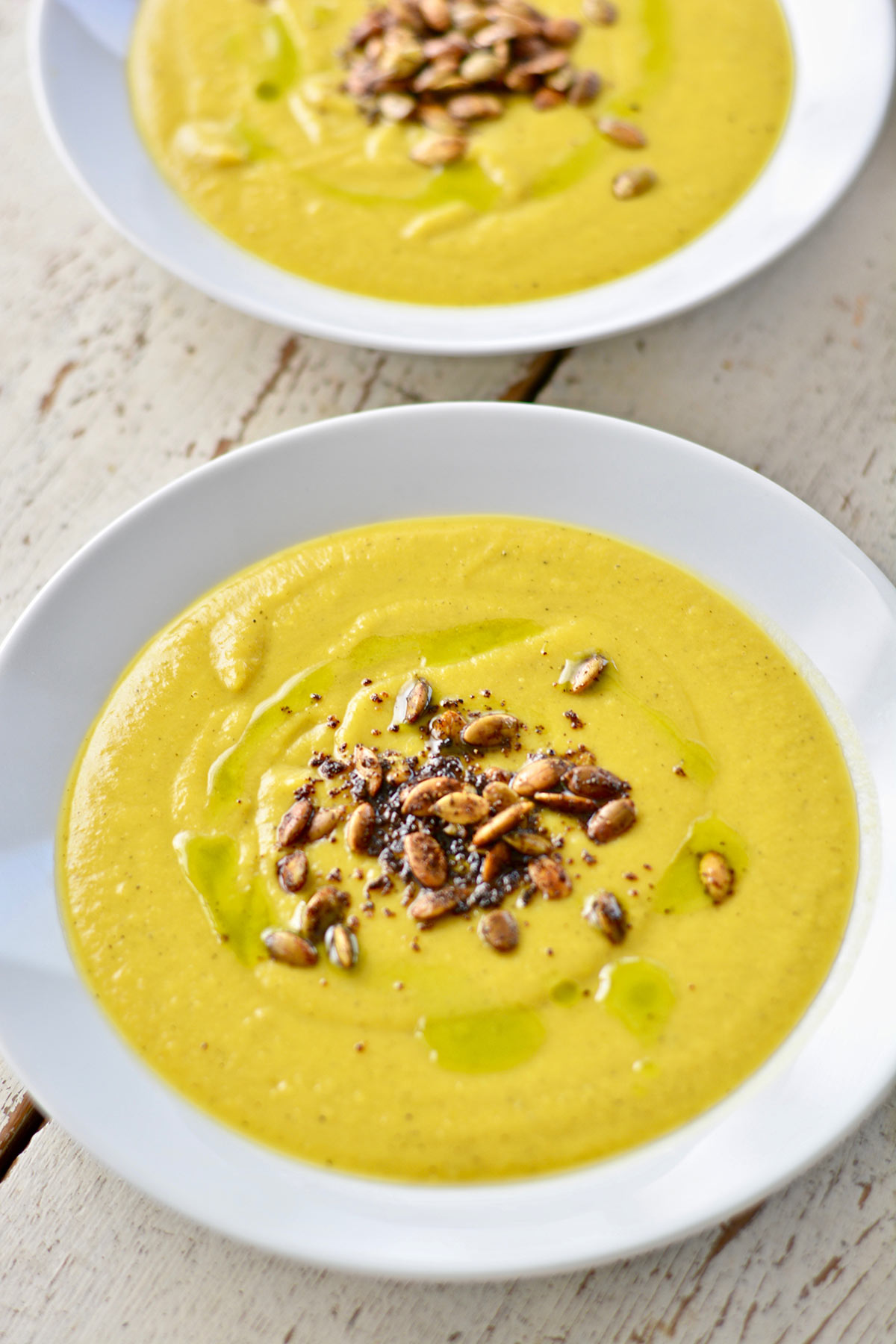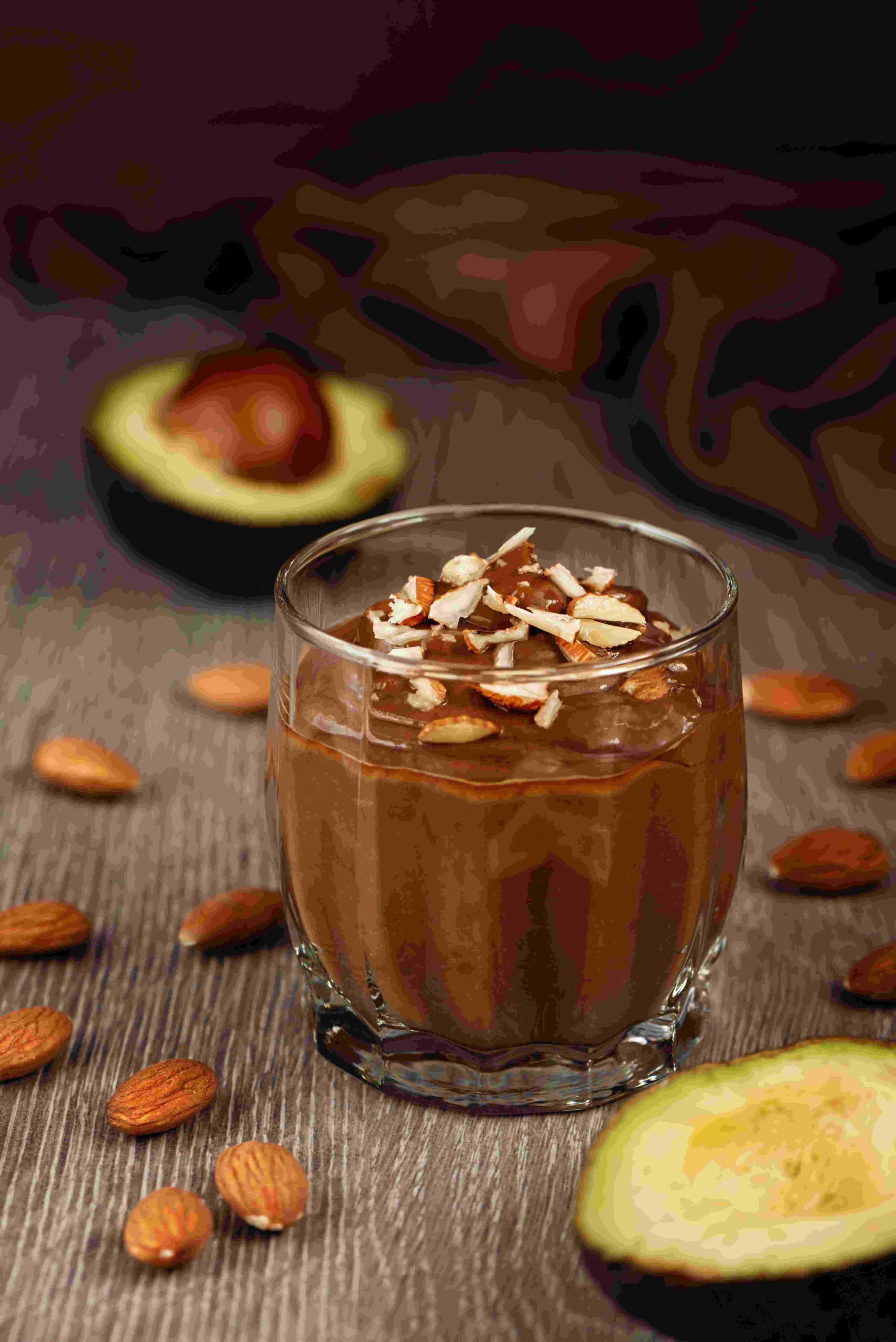Tips on How to Make the Best Curry
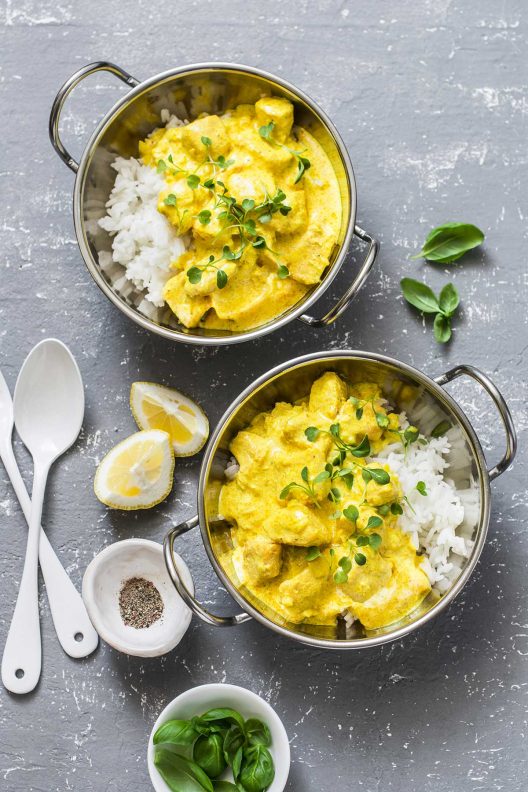
How to Make the Best Curry
Principle 1: don’t be overly economical with your spices. Spices not only add flavor to dishes, but they also add texture. Unfortunately, most supermarkets sell the spices in small containers, but you can get well-packed spices in bigger packs from Asian supermarkets. With these kinds of packets, you can use a freer hand and dish out a considerable amount of spices to add to your dish. Remember to store them in a freezer to avoid the spices going stale.
Principle 2: come up with a method that you are going to use to cook your onions, garlic, and ginger. This trio forms the base of most curries. They are equivalent to celery, carrots, and onion in traditional French dishes. However, for Indian dishes, they avoid adding garlic on account of the pungent garlic smell; in fact, Indians avoid using it in wedding food to avoid offending their guests. So garlic is not so essential. You can use the first recipe method of softening them without coloring for a lighter form of curry. You can also use the second recipe where you can decide to cook them for longer and also caramelize them to achieve something richer and darker.
Principle 3: decide what the body of your is going to be like. You can choose one of these or a combination of the following. Yogurt or cream, coconut milk, pureed chilies or pepper, spinach, finely diced, and pureed onions.
These are bomb principles that you can use to make up your curry. I assure you that if you use them, then you are going to be a pro at curry making. They are basics, so you are also free to improvise and make the best curries you can.
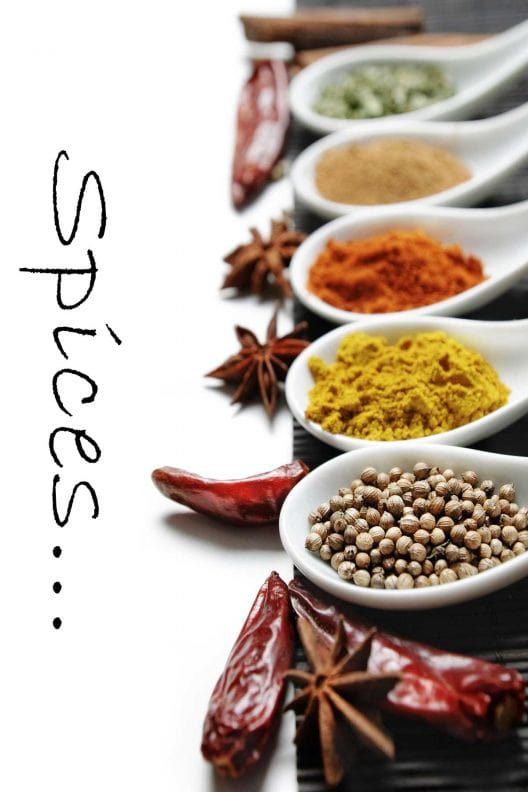
Know the basics of curry making
There are only three essential basics to curry making, and once they are at your fingertips, you can easily customize your curry to your preference like a pro. It is as simple as mixing your ingredients using the formula below for your curry.
- Onion/ginger/garlic: it is very interesting that the longer you cook these three ingredients, the darker and the richer your curry will be. Garlic, however, is not essential as some Indians manage to avoid it. However, if you can afford to use all of them, then the better your curry will be. They are also the basis of all curries.
- More and more spices: curries need a big spoonful of spices, so you need to be very generous with the spices you are adding. One thing I love about curries is that there is no wrong combination of spices, and thus, you can mix any spices that you love generously.
- The body of the curry: yes, curries have bodies or a thickening agent. Whatever name you would like to call, it is okay. So there are varieties of agents you can use to create the body of your curry. These are; coconut milk, tomato purees, yogurt, stock, chili paste, water, or even spinach.
Heat the oil on medium heat on a pan; the hot has to be warm for the best curry. You can use any oil, canola, vegetable oil, all oils are allowed for making the best curry. However, if you want the curry to be a traditional Indian curry, then you need to use ghee or better known as clarified butter.
Throw in some aromatic seeds like mustard seeds, cumin seeds, or coriander; when the oil is hot and shimmering, toss in some aromatic seeds like the cumin seeds until you begin to notice them crackling which means they are hopping in the pan. You can use a combination of different seeds. Curries are not only heavily spiced, but they are also heavily improvised, so be sure to combine the spices that you love for your preferred taste of curry.
For your first recipe, you can try a combination of cumin seeds and coriander and also add in a small pinch of asafetida if you have access to it. Trust me. The curry will be awesomely delicious.
Add in some finely chopped onions; dice some onions into half-inch squares and throw them into the pan. Cook them until they start to turn translucent, and they begin to turn brown. This will take 10-15 minutes of cooking. Remember that the longer you cook the onions, the darker and richer the curry will be. If, however, you only want the curry to have a light yellow color, you can leave to at a point when they begin to turn yellow.
Add in chopped garlic and ginger; finely chop the garlic and dice the cloves of ginger. Add them after the onions to soften and a pinch of salt to taste. These three are mostly considered the trinity of every Indian curry.
Add ground spices generously; here is the part that you have to prove curry is not just curry without a generous helping of spices. So for this, consider adding generous servings of different spices to taste. Add in one tablespoon of ground chili, turmeric, cardamom, cinnamon, cayenne pepper, and curry powder. Also, add some salt to taste and stir continuously for 2-3 minutes.
You do not want your curry to burn, so if the pan is dry, you need to re-hydrate it by adding some water or stock. For the first recipe, you can add a tablespoon of turmeric and chili powder.
Add some spicy chilies and some flavorings
The longer you cook chilies, the sweeter they become, so if you want them to be extra sweet, you need to add them at the end of your curry cooking for some extra heat. Slice 2-3 some scotch bonnet peppers, some habanero cayenne, finger chilies, and some serrano. Toss them in together with garlic and ginger. Add one tablespoon of dried cayenne pepper and other spices of your choice.
Add the main ingredient.
At this point, you can add sliced chicken breasts or lamb and a little splash of oil. You can also decide to add vegetables like 2 cups of cauliflower, a can of chickpeas, one chopped eggplant, a chopped pineapple, diced tomatoes, or potatoes.
If you have decided to add meat, try browning the meat before adding it to the curry.
Add some liquid and cover, then cook on medium heat; the liquid that you decide to add to the ingredients could be water or even stock. Ensure that the liquid you add will cover the components and cover the pot. After adding any liquid, stir well and cover and leave it to cook on medium heat slowly.
If you love the taste of garam masala, you can add it at this point. The good thing about garam masala is that it does not need to cook so much as the other spices. For the first recipe, you need some coconut milk for a thicker result. You can also choose to add two cups of chicken, vegetable, or even beef stock for a thicker curry.
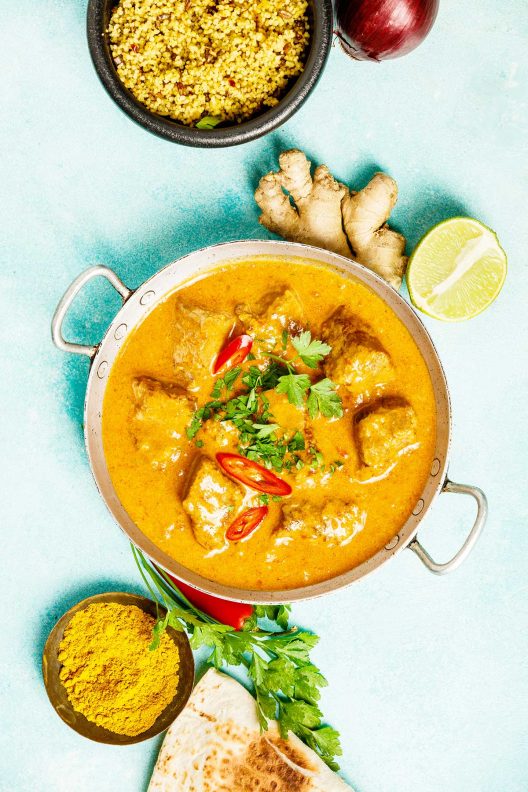
Add some thickening agent.
Add in two cups of freshly chopped spinach, 2-3 tablespoons of fresh chili paste a half or one cup of tomato puree. Also add one cup of unsweetened yogurt, a handful of ground almonds, or peanuts. You can also add a pinch of salt to taste.
Note that not all curries need all of this, especially if you chose to add coconut milk. You should also consider experimenting with different thickening agents. If you can experiment with tomato puree, the better since it is the base of all red curries.
For the first curry recipe, you will try, consider adding two tablespoons of tomato puree and adding a little bit more of it.
Now let your curry simmer to gain the desired thickness.
On low heat, let your curry simmer. You will start to see that the water and the oil will separate, but do not worry, this is a good thing. At this point, you can taste the curry from time to time, adding some more spice and salt to taste. This is also a good time to add heat and some spicy flavorings.
If you notice that your curry is too thin, then consider adding a little bit of unsweetened yogurt or a few tablespoons of tomato puree.
Serve with coriander garnish, some yogurt, and crushed nuts or some drops of lemon juice
Curries tend to last long while cooking, so at this point, you can think of preparing the next dish. However, you must make sure that the curry will be served hot and with the accompaniment of your choice like a bowl of rice alongside.
Making your curry
1. Learn how different sauces are created
When you visit an Indian restaurant, you will notice that they have a variety of dishes, but all of them are cooked with the same ingredients and with the same method used to make curries. The difference, however, comes with the thickening agent.
* Korma; uses a creamy thickening agent which comes in the form of Yogurt or coconut milk.
* Madras: this one uses pureed or diced tomatoes
* Saag: this usually uses greens, which mostly will be spinach and sometimes collard greens.
*Vindaloo: this one uses pureed chilies.
2. Blend in your ingredients before you start cooking
This is a technique that is used in most restaurants to ensure that they achieve a smoother curry. Blend garlic, ginger, and onions and finely grind spices so that you achieve a smoother curry that cooks faster. You can use a food processor to ensure that all has been blended well. After you have grounded, everything adds them to the oil after the seeds have crackled.
3. Cooking curry has no specific recipe.
Cooking curry is not all about following a particular method, but it’s all about mixing and matching up the spice, as we have outlined above to produce delicious curry. If you want the most basic curry, then your recipe would look as below.
* Three tablespoons of vegetable oil or clarified butter, better known as ghee.
* Half a teaspoon of finely ground cumin seeds
* Half a teaspoon of coriander seed
* A finely chopped medium onion
* Four cloves of garlic that are peeled and sliced
* A fifth inch of ginger that is peeled and sliced
* Half a teaspoon of curry powder, turmeric powder, and salt
* Two fleshy green chilies that are de-seeded and finely chopped
* Five tablespoons of tomato puree or a tablespoon of tomato paste mixed with four tablespoons of water
4. Play along with your spices
Add generous helpings of spices and keep sampling with every chance you get and adding the spices to preference. You can start cooking your puree with a tablespoon of any of these spices below.
Cinnamon
Cayenne pepper
Curry powder
Garam masala
Smoked paprika
A pinch of asafetida
Cardamom
Ground chili powder
Cumin (essential)
Coriander (essential)
Turmeric (essential)
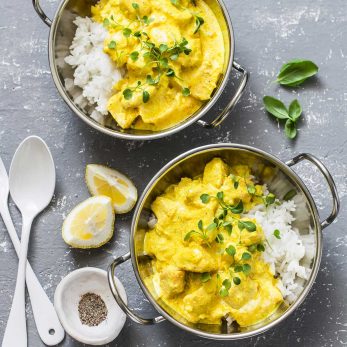
Ingredients
- 3 tbsp vegetable oil or clarified butter, better known as ghee.
- 1/2 tsp finely ground cumin seeds
- 1/2 tsp coriander seed
- A finely chopped medium onion
- 4 cloves garlic that are peeled and sliced
- A fifth inch of ginger that is peeled and sliced
- 1/2 tsp curry powder, turmeric powder, and salt
- 2 fleshy green chilies that are de-seeded and finely chopped
- 5 tbsp tomato puree or a tablespoon of tomato paste mixed with four tablespoons of water
Instructions
- Blend all the ingredients in a blender to make paste.

